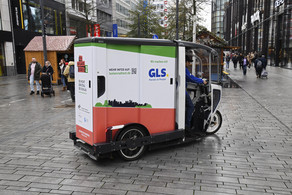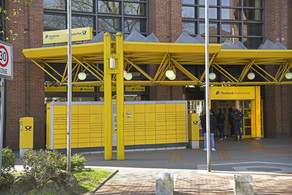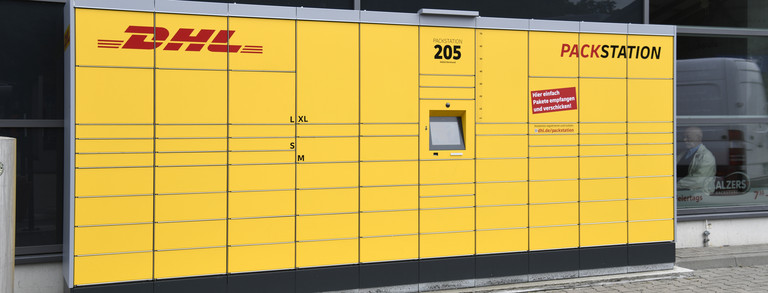State of the Practice on E-Commerce
Last Mile Logistics Solutions and Measures
The rapid growth of e-commerce has reshaped urban freight systems, intensifying demands on last mile logistics and amplifying their environmental, spatial, and equity impacts. Cities worldwide now face a pressing dual challenge: ensuring efficient and affordable delivery services for consumers while meeting urgent sustainability and livability goals. This report provides a state-of-the-practice review of e-commerce last mile logistics solu tions, offering both a systematic typology and an integrative framework to understand, compare, and scale diverse innovations.
Abel Kebede Reda and Laetitia Dablanc
A common vocabulary and framework for freight and personal travel
FRESH has developed a common vocabulary and framework that integrates freight and personal travel, with a focus on shopping as the nexus between the two. These fields have remained siloed to date and thus lack a common vocabulary and understanding of issues and processes. FRESH has worked to develop such a common language and conceptual framework through this Lexicon.
Furqan A. Bhat, Abel Kebede Reda, Carla Debbeler, Ellen Heffer Flaata, Giulio Mattioli, Laetitia Dablanc, Trude Tørset, Eva Heinen
A comparative study of three European countries
This study examines shopping-related travel behaviour patterns across Switzerland, Germany, and Norway, using comparative national travel survey data to analyse trends from the early 2000s through the period shortly after the Covid-19 pandemic. By stratifying the analysis by gender, age, household type, income, and urbanization level, we explore how societal trends and national policy priorities have influenced mobility choices. The data show that, over time, shopping trips have declined as a share of total trips in Germany and Norway, but increased in Switzerland. However, some of these shifts may reflect changes in survey methodology, rather than solely behavioural changes due to online shopping, for example. While women have traditionally reported higher shopping trip rates, in Switzerland, a convergence between genders is observed over time. In Germany and Switzerland, mode shares for driving are similar between trip purposes across all social groups while in Norway, some social groups drive more for shopping trips. Shopping trip rates appear largely independent of household income, household type, and urbanization level, while distances can vary. These findings highlight the complex nature of shopping-related travel and the circumstances in which travel behaviour aligns or differs across three national contexts.
M Fernando, D Nag, A Kebede Reda, A Reiffer, L Dablanc, T Tørset, G Mattioli, E Heinen
25th Swiss Transport Research Conference (STRC 2025)
The evolution of shopping behaviour
Exploring travel patterns and links to the built environment
Shopping is one of the most common trip purposes. Shopping also holds significant potential for active mode use as trip distances tend to be (or could be) short. However, the relationship between shopping behavior and built environment characteristics has received limited research attention so far. Shopping, as a maintenance task, is usually distributed within households. Therefore, this study aims to identify different shopping behavior typologies at the household level and investigates factors associated with these patterns. Using trip data from the 2022 German Mobility Panel, a nationwide and representative 7-day travel diary survey, we conduct a cluster analysis. Key variables to capture transport-related aspects of shopping behavior include mode choice, trip distance, trip frequency, and trip chaining. The analysis reveals six distinct household shopping patterns: No shopping trips, car-shoppers, frequent shoppers, active travelers, shopping after work and few long shopping trips. A multinomial regression analysis is performed to identify the individual, household, and spatial determinants of cluster membership. While few sociodemographic factors are related to cluster membership, the residential location is found to be strongly related to the probability of belonging to the active traveler cluster.
K Schimohr, G Mattioli, E Heinen
25th Swiss Transport Research Conference (STRC 2025)



